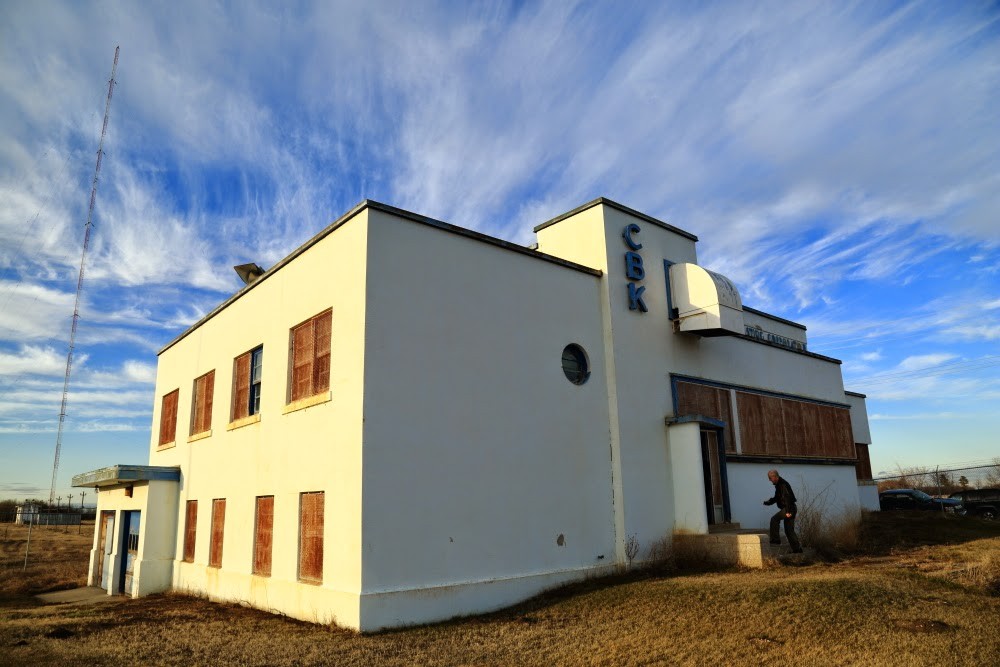Several years ago artist John Koenig began a word project by coining new words for odd emotions and experiences in contemporary life. They may not be in the OED yet, but some of the words resolve some of those unexpressed feelings that are hard to explain when working in the field of heritage.
Heritage is unfortunately wrapped in many emotional responses – passionate people who are activists or professionals trying to ‘save’ a place from destruction. Often, their passion is redirected to their colleagues causing self-destruction of many. (I have met too many young people who have tried to be involved in the field, but eventually are dissuaded because of the dominance of some and the exclusiveness of others.)
To examine the emotions of heritage one doesn’t need to look far. Nostalgia, a powerful emotion of recalling the past, is often connected to heritage. In a negative sense, it may shroud history and play with facts. It can elicit pleasure and sadness, depending on the memory. This wistful emotion once explained homesickness, (Greek nostos – to return home), but has since been romanticized to embrace many more feelings of yearning for the past. Lowenthal has written on the role of nostalgia in heritage.
What of the emotions that we experience in heritage, but can’t quite seem to pin down? Enter John Koenig’s newly created emotional states that are hard to explain. One of his definitions that touches me is Kenopsia:
n. the eerie, forlorn atmosphere of a place that’s usually bustling with people but is now abandoned and quiet—a school hallway in the evening, an unlit office on a weekend, vacant fairgrounds—an emotional afterimage that makes it seem not just empty but hyper-empty, with a total population in the negative, who are so conspicuously absent they glow like neon signs.
I have worked on places that have lost their vitality and have tried to revive them through other means (commemoration, museum, tourism etc.), in some cases successfully, in others, perhaps not. Koenig’s poetics permit us to finally have words in heritage that can explain our reaction to the state of a place. Kenopsia’s dark atmosphere can also elicit attraction and inquiry. Often when places are abandoned, they draw us nearer, but also elicit a wish that these abandoned places remained hidden. It is the irony of heritage: an abandoned place, neglected and forlorn is more attractive as heritage than an active and living place.
A recent example of Kenopsia, was the abandoned CBK transmitter station in Watrous, Saskatchewan, owned by the Canadian Broadcasting Corporation.

The CBC is not obligated under federal legislation and/or policy to manage its places using conservation principles and has limited budgets as the current federal government reduces its public funding. The Art Deco transmitter station was designed by CBC Chief Architect, Gordon McKinstry as a shrine in 1939 to the aural age of wireless transmission. Yet since the 1970s, the place was disused and neglected (cue a scene from a Cohen brother film). If visited, you would have had a ‘kenopsic’ experience…What a wonderful word, but the transmitter will be demolished. Now we need a word for demolishing a place without understanding if it is important to our culture.